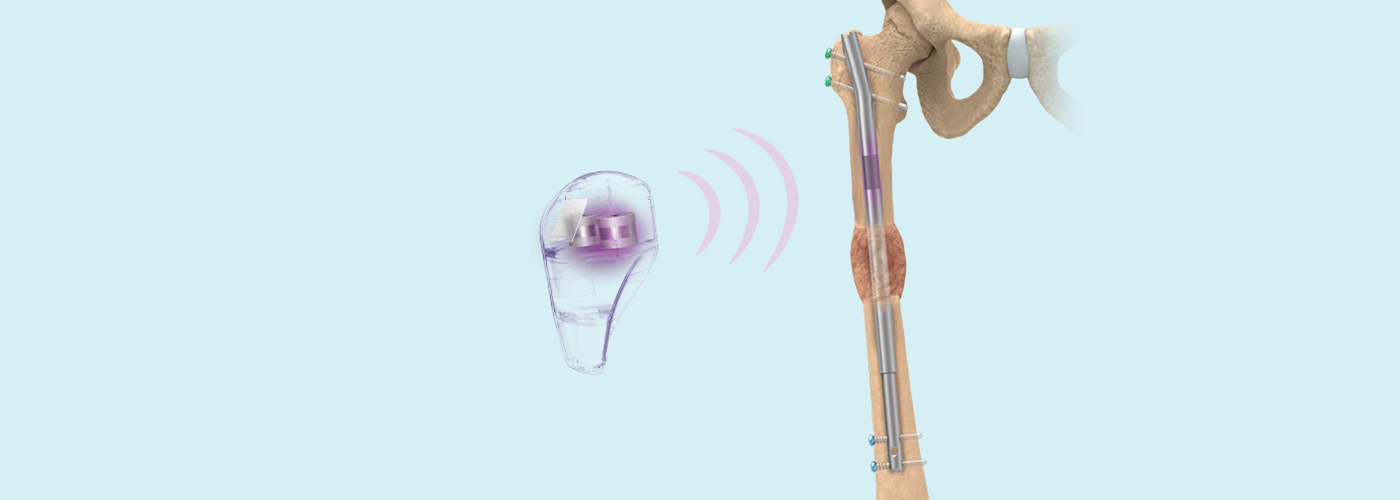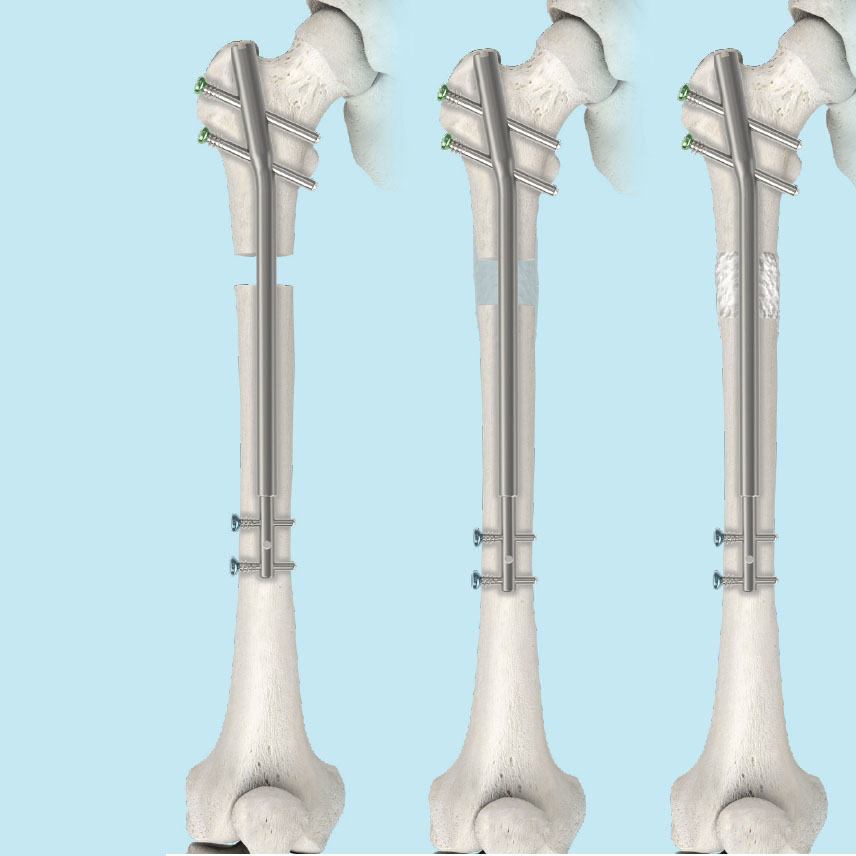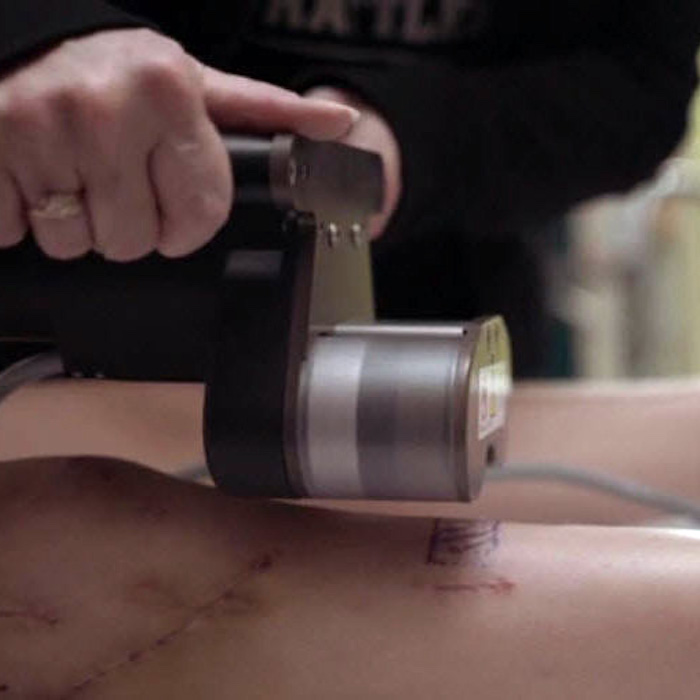What Is Limb Lengthening Surgery?
Limb lengthening or height lengthening is the process by which the arms or legs, but usually the legs, are extended using a process known as distraction osteogenesis. In other words, the bone is cut and pulled apart slowly enough to allow the body to regenerate and fill in the gap with new bone. Consider it much like building a bridge but using the body’s own repair capabilities to close the gap. Patients with congenital deformities, trauma from car crashes or other accidents, or those who wish to change their height for cosmetic reasons can benefit from a procedure that today is safer and more effective than ever.
One of the most satisfying parts of the limb lengthening process is the collaborative nature of the treatment plan between Dr. Basmajian and his patients. Of course, patients play the most significant role in the result of the procedure, from start to finish. Before the surgery, Dr. Basmajian will consult with patients to understand their needs and desires and develop a treatment plan to achieve them best. Even after the surgery, we work together to ensure that the bone is distracted at just the correct rate to keep the surgery on track. With a collaborative effort, results can be just what the patient wished for.


